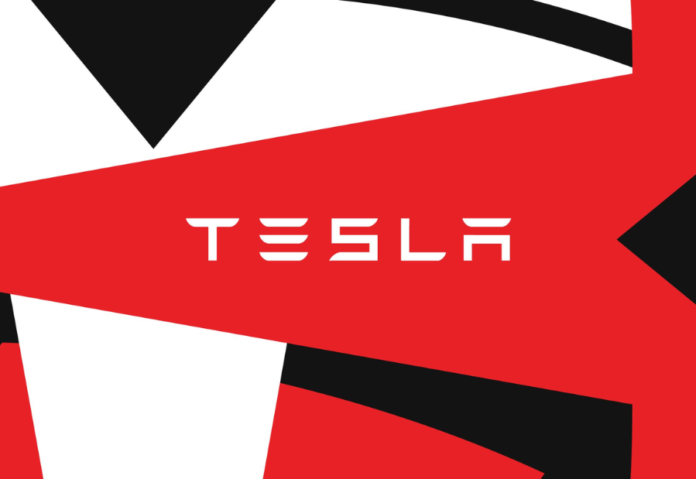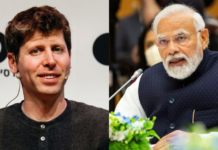Tesla has delivered the first dozen or so of its future Cybertruck pickups to customers, despite manufacturing hiccups.
Tesla delivered the first dozen or so of its futuristic Cybertruck pickups to clients on Thursday, two years after the initial timeline and amid uncertainty about when large-scale production will begin.
Elon Musk, CEO of Tesla, unveiled the angular electric trucks at a ceremony at the company’s facility outside of Austin, Texas, which was livestreamed on X, the social media platform formerly known as Twitter that he purchased last year.
Musk began the ceremony by driving the truck on a stage in the dark and climbing into the bed to talk about it.
“It’s the most unique thing on the road,” he stated. “Finally, the future will look like the future.”
The vehicle is aimed at the most profitable segment of the US auto industry, which is today dominated by Ford, General Motors, and Ram truck manufacturer Stellantis. But, in the four years since Musk revealed it, all three Detroit automakers have exhibited electric trucks of their own. Ford, GM, and Rivian are already selling trucks, and the electric Ram will be available early next year.
Ford’s F-Series pickups are the best-selling vehicles in the country, followed by General Motors’ Chevrolet Silverado and Stellantis Ram pickups. Through October, the Detroit manufacturers sold over 1.7 million large pickups at prices that can exceed $100,000 per car.
Musk stated that the body of the Cybertruck is constructed of a Tesla-developed stainless-steel alloy. He explained that the body panels had to be angular because they couldn’t be stamped with a standard press. He claims that stainless steel does not corrode and does not require painting, but it can still be mass produced.
Musk demonstrated the truck beating a Porsche 911 in the quarter-mile while dragging another Porsche on a trailer. In another video, it was shown out-towing a Ford Super Duty pickup.
Musk predicted four years ago that production would begin in 2021 when he unveiled the truck.
However, Musk complained how difficult it had been to construct the unique truck with a body composed of difficult-to-bend stainless steel.
“We dug our own grave with Cybertruck,” Musk said, adding that he didn’t expect the business would meet its 250,000-per-year production target until 2025.
He informed investors that he wished to moderate investor expectations for the new vehicles, noting “enormous challenges” in mass producing them. It will also be difficult to generate cash flow while selling the vehicles at a reasonable price, according to Musk. He predicted that it would take 18 to 12 months for the truck to generate significant positive cash flow.
“We have over 1 million people who have reserved the car, so it’s not a demand issue,” he stated. “But we have to make it, and we have to make it at a reasonable price. “Things that are insanely difficult.”
Musk stated that Tesla could have simply created trucks identical to those already on the market, but he wanted to create something unique and extraordinary.
“Special products that come along once in a long while are just incredibly difficult to bring to market to reach volume and be prosperous,” he added.
He anticipates that a future lower-cost Tesla vehicle will be more conventional and so much easier to construct.
Tesla stated on its website that a rear-wheel-drive version of the truck will start at an estimated $60,990. The top-tier “Cyberbeast” would cost around $99,990. Reservations can be made with a $250 non-refundable deposit. The vehicles will have an anticipated single-charge range of 250 to 340 miles (400 to 550 kilometers).
When the truck was announced in 2019, Tesla stated that the base model would cost $39,900, with a tri-motor, long-range option costing $69,900. The truck was supposed to have an electric range of 250 to 500 miles (400 to 800 kilometers).
Musk performed a trick that went wrong at the Cybertruck debut in 2019, when a Tesla executive tossed a softball-sized metal ball at a prototype’s supposedly shatterproof windows. The glass cracked like a spider.
An executive tossed a baseball at the windows on Thursday, and they didn’t break.
Also read: Organizations should be driven based on people and processes instead of emphasizing technology
Do Follow: CIO News LinkedIn Account | CIO News Facebook | CIO News Youtube | CIO News Twitter
About us:
CIO News, a proprietary of Mercadeo, produces award-winning content and resources for IT leaders across any industry through print articles and recorded video interviews on topics in the technology sector such as Digital Transformation, Artificial Intelligence (AI), Machine Learning (ML), Cloud, Robotics, Cyber-security, Data, Analytics, SOC, SASE, among other technology topics.






